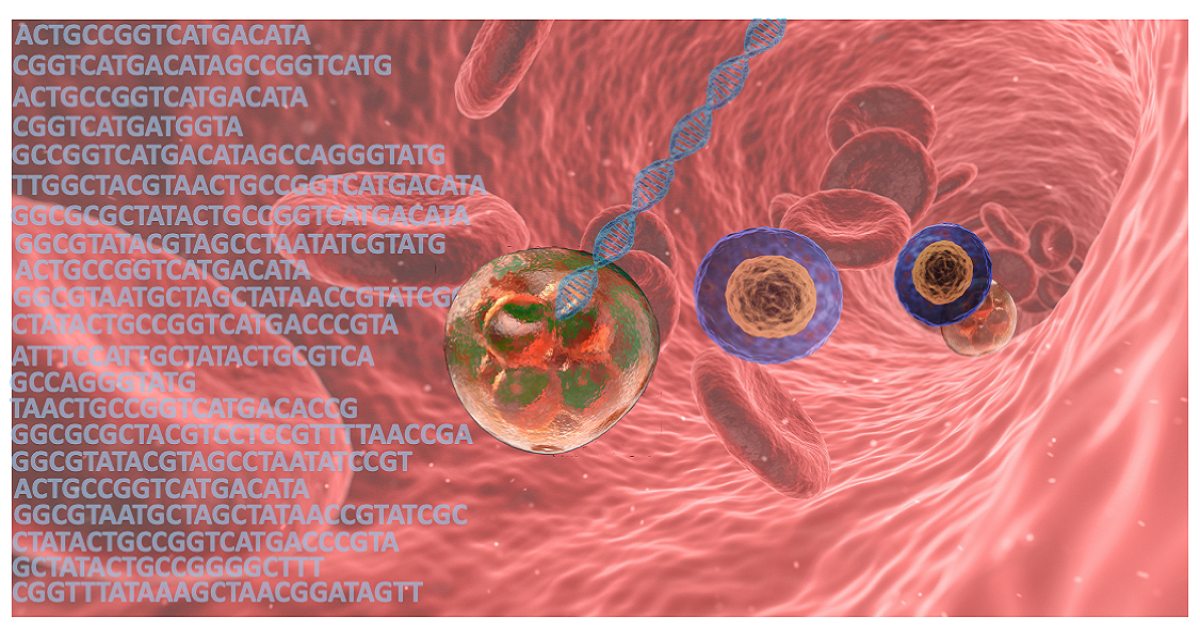Long-Read Sequencing in Cancer
A special issue of Cancers (ISSN 2072-6694). This special issue belongs to the section "Cancer Informatics and Big Data".
Deadline for manuscript submissions: closed (30 April 2025) | Viewed by 12474

Special Issue Editors
Interests: genomics; cancer evolution; cancer biology; third-generation sequencing; bioinformatics
Special Issues, Collections and Topics in MDPI journals
Interests: genomics; third-generation sequencing; sequencing technologies; data analysis
Special Issues, Collections and Topics in MDPI journals
Special Issue Information
Dear Colleagues,
We use sequencing technologies to understand the complexity of cancer genomes and pinpoint their vulnerabilities to treat cancer. Next-generation sequencing has been widely used for more than a decade, resulting in enormous advances but also limitations, primarily due to short read lengths. Long-read sequencing technology (TGS) has emerged in recent years, ushering in a new era of research, and cancer genomics is one field where TGS can yield significant results.
TGS can generate any length of sequencing read, including extremely long reads that span complex genomic regions. This enables the study of complete structural variations and mutations at a single-allele phased resolution. TGS can directly characterize genome-wide hypo/hypermethylation patterns and identify full-length aberrant transcripts, making it an invaluable resource for immuno-oncology therapeutic targets. TGS can also provide bedside sequencing with rapid results for time-critical situations, as well as sequencing in resource-limited environments or remote locations.
This Special Issue will focus on the role of TGS in cancer in allits facets, including all omics aspects related to long reads as well as a hybrid approach of long-/short-read sequencing. This Special Issue will look at both basic research and more (pre)clinical studies that advance our understanding of the complex cancer disease.
Dr. Luca Ermini
Dr. Patrick Driguez
Guest Editors
Manuscript Submission Information
Manuscripts should be submitted online at www.mdpi.com by registering and logging in to this website. Once you are registered, click here to go to the submission form. Manuscripts can be submitted until the deadline. All submissions that pass pre-check are peer-reviewed. Accepted papers will be published continuously in the journal (as soon as accepted) and will be listed together on the special issue website. Research articles, review articles as well as communications are invited. For planned papers, a title and short abstract (about 100 words) can be sent to the Editorial Office for announcement on this website.
Submitted manuscripts should not have been published previously, nor be under consideration for publication elsewhere (except conference proceedings papers). All manuscripts are thoroughly refereed through a single-blind peer-review process. A guide for authors and other relevant information for submission of manuscripts is available on the Instructions for Authors page. Cancers is an international peer-reviewed open access semimonthly journal published by MDPI.
Please visit the Instructions for Authors page before submitting a manuscript. The Article Processing Charge (APC) for publication in this open access journal is 2900 CHF (Swiss Francs). Submitted papers should be well formatted and use good English. Authors may use MDPI's English editing service prior to publication or during author revisions.
Keywords
- long-read sequencing
- cancer genetics
- genomics
- transcriptomics
- methylomics
- cancer research
Benefits of Publishing in a Special Issue
- Ease of navigation: Grouping papers by topic helps scholars navigate broad scope journals more efficiently.
- Greater discoverability: Special Issues support the reach and impact of scientific research. Articles in Special Issues are more discoverable and cited more frequently.
- Expansion of research network: Special Issues facilitate connections among authors, fostering scientific collaborations.
- External promotion: Articles in Special Issues are often promoted through the journal's social media, increasing their visibility.
- Reprint: MDPI Books provides the opportunity to republish successful Special Issues in book format, both online and in print.
Further information on MDPI's Special Issue policies can be found here.







